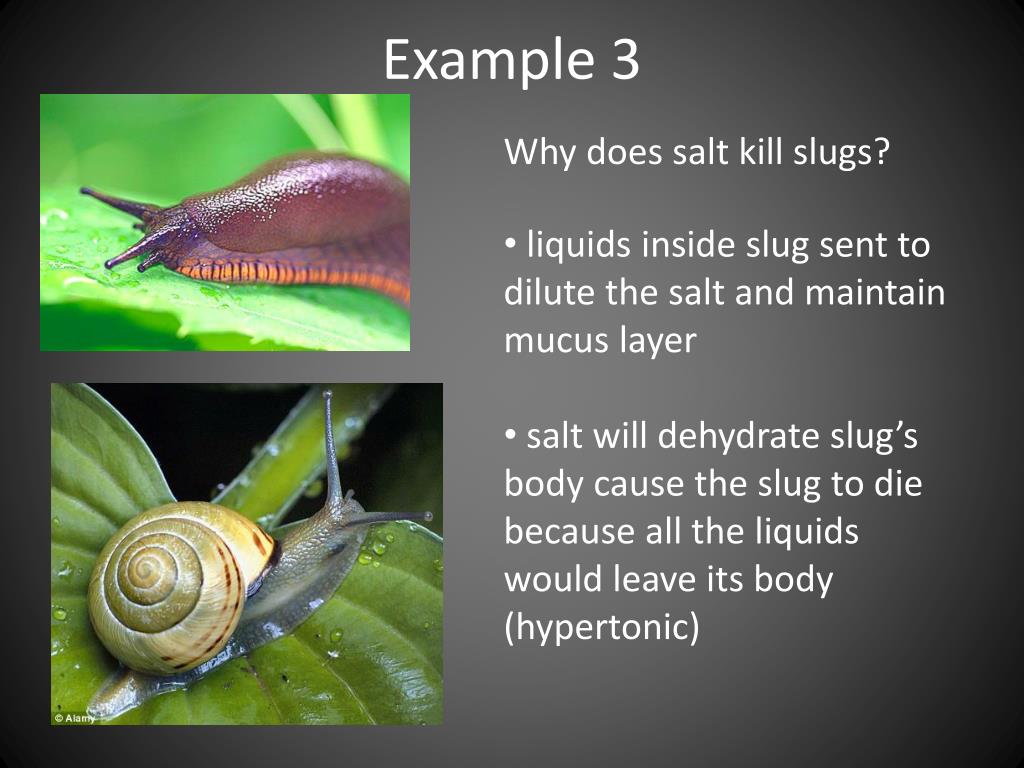Alternatively, if a cell is placed in a hypertonic solution, the cell will shrink due to the movement of water outside the cell through osmosis. Among the colloids placed those.
Hypotonic Solution Examples. This means that for cells to function, they must contain a cytosol that is a more hypertonic solution than salt water. The turgid cells push outward on their cell walls, which push against each other creating a rigid structure.
 The effects of hypotonic, hypertonic and isotonic From slideshare.net
The effects of hypotonic, hypertonic and isotonic From slideshare.net
If you put a freshwater turtle in seawater, the hypertonic seawater will dehydrate the turtle. This creates cells that are turgid. Common example of a solution in every day life is salt or sugar (solute) dissolved in water (solvent).
The effects of hypotonic, hypertonic and isotonic
This creates cells that are turgid. 0.45% saline (1/2 ns) 0.225% saline (1/4 ns) 0.33% saline (1/3 ns) hypotonic solutions are used when the cell is dehydrated and fluids need to be put back intracellularly. Hypotonic saline, such as 0.45 percent sodium chloride or 0.25 percent sodium chloride with or without dextrose, 2.5 percent dextrose solution, and others, are examples of hypotonic intravenous solutions that are hypotonic with regard to blood serum. Among the colloids placed those substances that do not dialyze and do not diffuse through the cytoplasmic membranes, or do so very slowly.
 Source: pediaa.com
Source: pediaa.com
That means there is more salt dissolved in seawater than there is. Seawater is hypertonic to the cytosol (liquid part) of the cells in your body. Examples of these are nacl and / or sugar in different concentrations (osmolarities) or in different proportions. It creates cells which are turgid. Seawater has a high amount of salt particles compared to freshwater,.
 Source: slideshare.net
Source: slideshare.net
A solution is a homogeneous liquid mixture of two or more components. 5% dextrose in water (d5w) of hypertonic solutions are dextrose 5% normal saline (d5ns), detrose 10%water (d10w) or 3% saline (3ns) of hypotonic solutions are 1/2 ns or 1/3ns. Examples of hypotonic solution plants and fungi. The list of hypotonic solutions is easy to remember, because it really.
 Source: driverlayer.com
Source: driverlayer.com
5% dextrose in water and 5% dextrose in 0.225% (these dextrose solutions are technically isotonic, but see the explanation below) Pure water, without anything dissolved, is hypotonic to the cells in your body, the seawater, and the 20% salt solution. Hypertonic and hypotonic are used in comparisons, usually between cells and their environment, so there are no set examples. Generally,.
 Source: medicalestudy.com
Source: medicalestudy.com
Examples of hypotonic solution plants and fungi. Hypertonic and hypotonic are used in comparisons, usually between cells and their environment, so there are no set examples. A cell placed in a hypotonic solution will swell due to the movement of water into the cell. Plants which live near marshy and in mangrove areas contain a high concentration of salts which.
 Source: slideshare.net
Source: slideshare.net
5% dextrose in water and 5% dextrose in 0.225% (these dextrose solutions are technically isotonic, but see the explanation below) Than sugar in the solution. Have you ever tasted a sugary drink that was so sweet it made your mouth pucker? Among the colloids placed those substances that do not dialyze and do not diffuse through the cytoplasmic membranes, or.
 Source: slideserve.com
Source: slideserve.com
Sea turtles, for example, live in a much more hypertonic solution compared to freshwater turtles. A solution is a homogeneous liquid mixture of two or more components. Plants which live near marshy and in mangrove areas contain a high concentration of salts which allows the soil to become saturated with these salts. A cell placed in a hypotonic solution will.
 Source: nclexquiz.com
Source: nclexquiz.com
The turgid cell pushes out their cell walls or membranes. When a patient develops diabetic ketoacidosis, the intracellular space becomes dehydrated, so the administration of a hypotonic solution helps to rehydrate the cells. Moreover, it helps to ensure that the environment is always a hypotonic solution in comparison to the cells. Hypertonic and hypotonic are used in comparisons, usually between.
 Source: slideshare.net
Source: slideshare.net
Bleach (sodium hypochlorite dissolved in water) dishwater (soap dissolved in water) carbonated beverages (carbon dioxide dissolved in water is what gives sodas their fizz) Isotonic just means the that there is an equa. When a patient develops diabetic ketoacidosis, the intracellular space becomes dehydrated, so the administration of a hypotonic solution helps to rehydrate the cells. They will need a.






